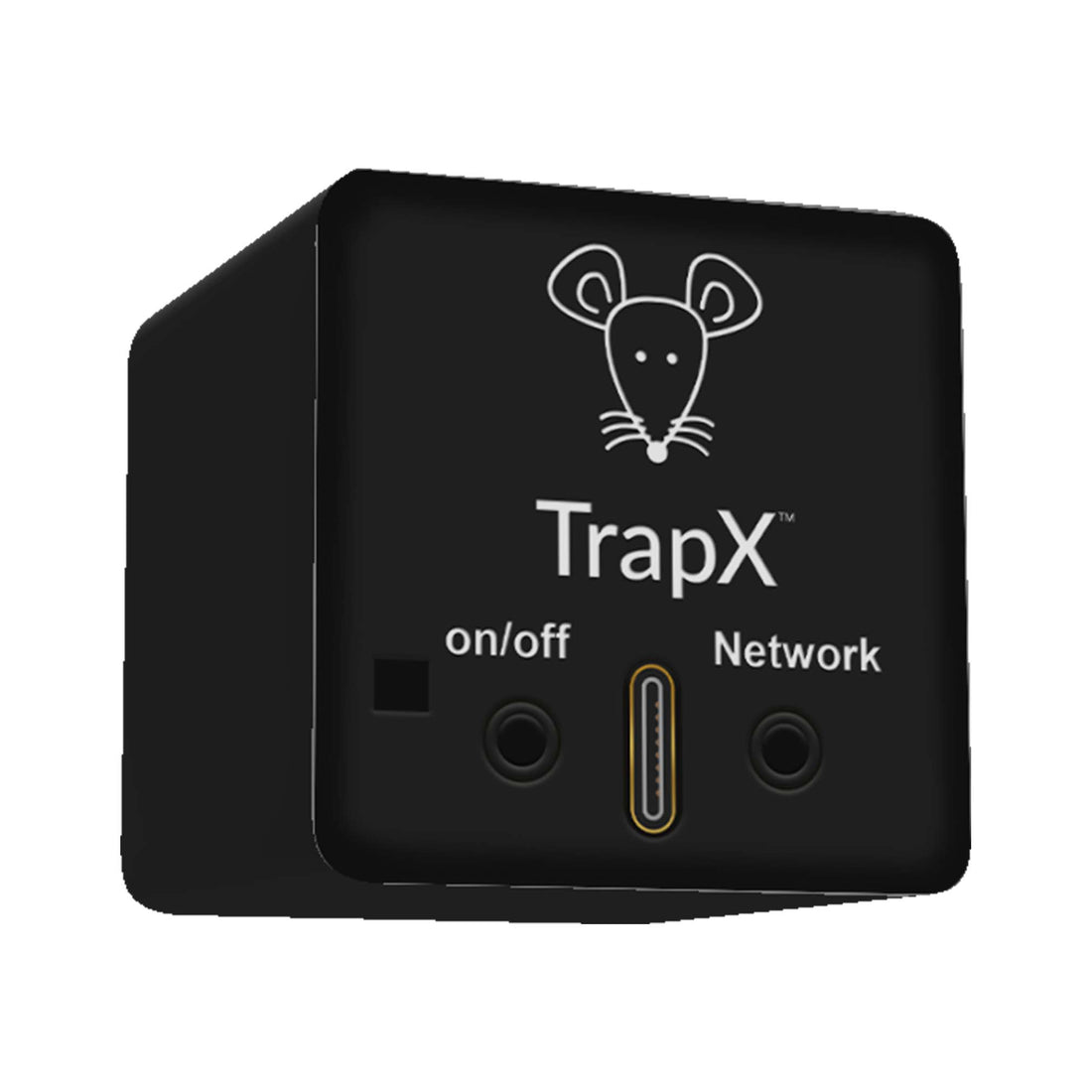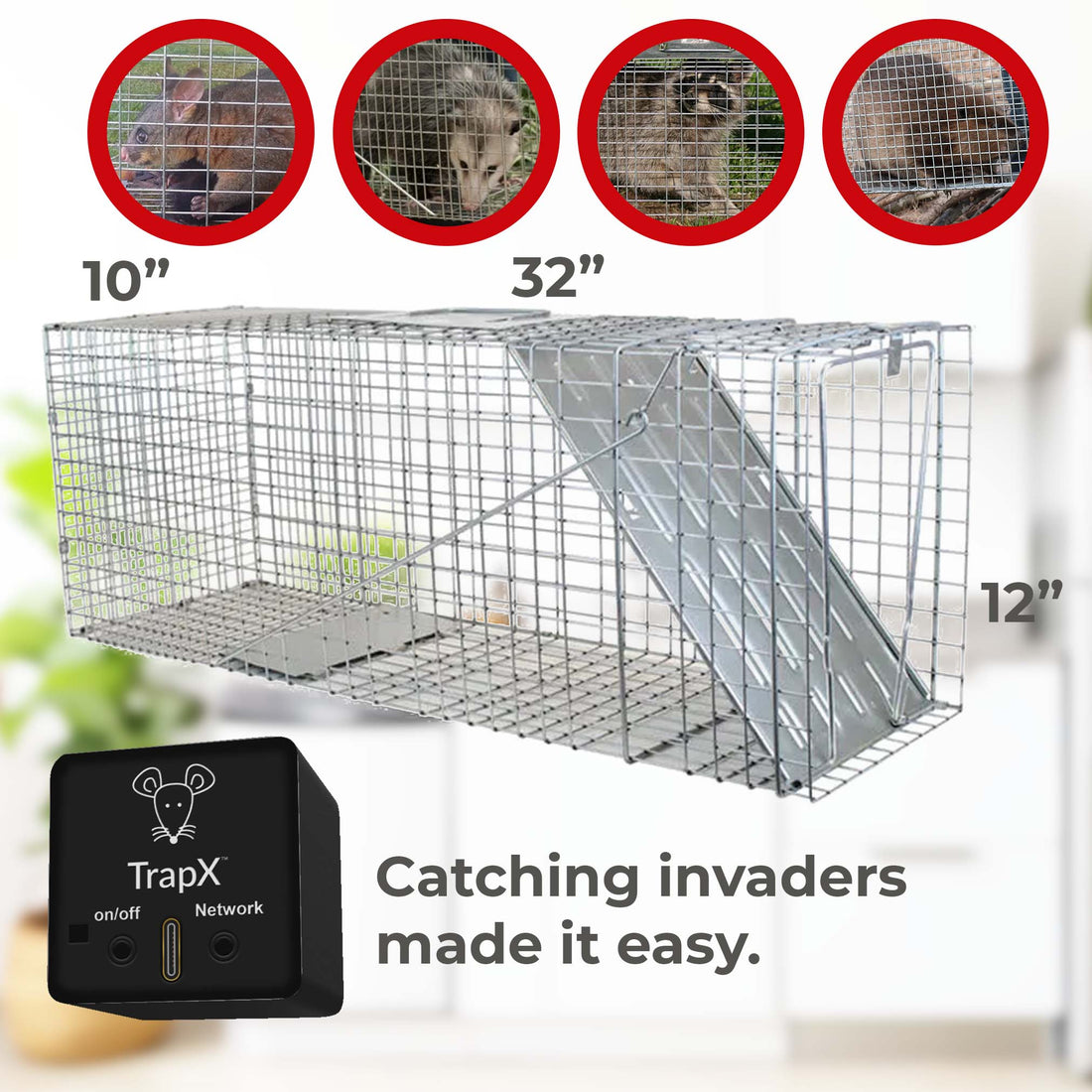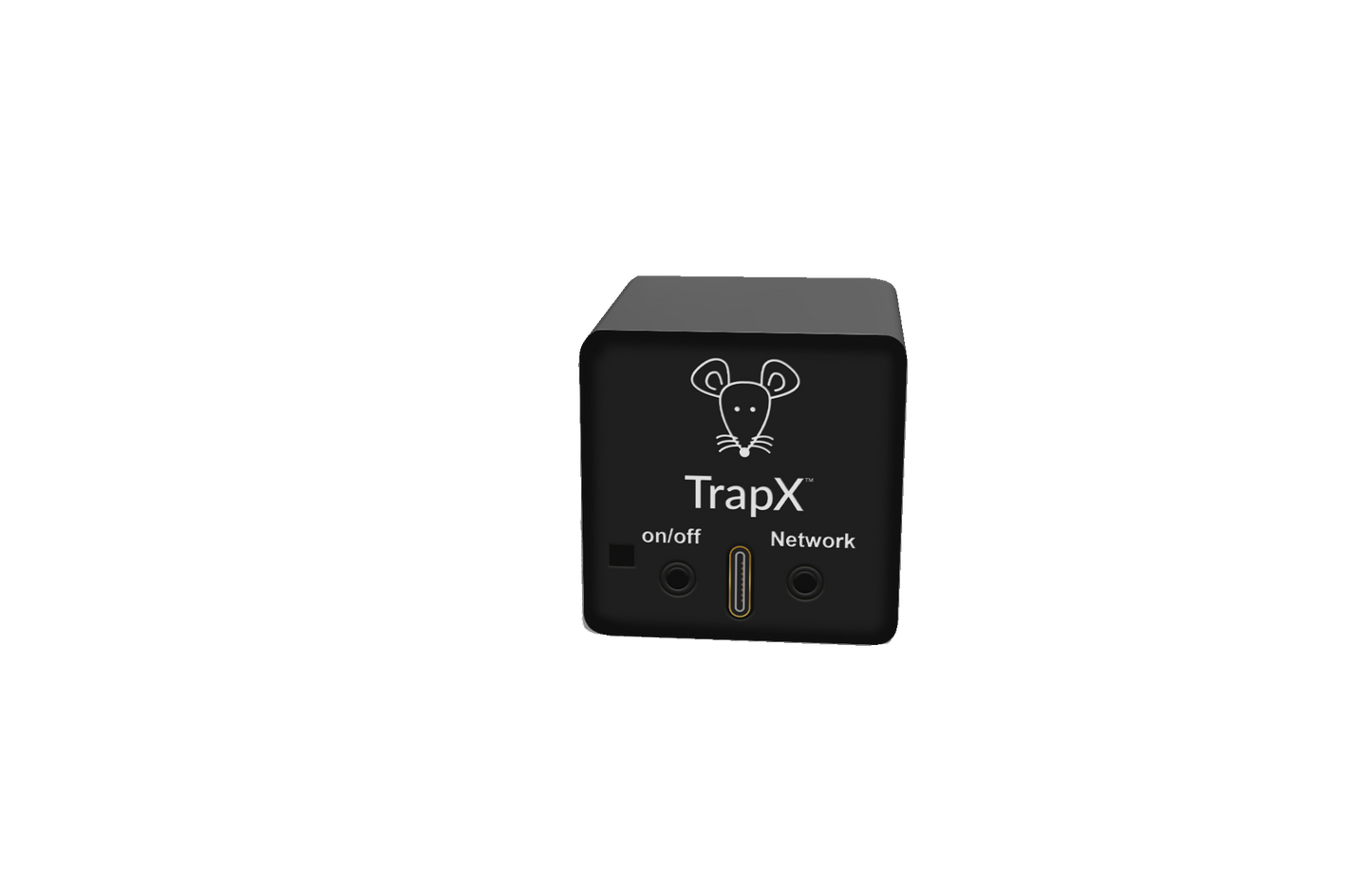The Ultimate Guide to Skunk Traps: How to Safely Capture and Remove Skunks
Share
Skunks are adorable creatures with their distinctive black and white fur and playful nature. However, when they invade our homes or gardens, they can become quite a nuisance. Their strong odor and potential to carry diseases make it important to safely capture and remove them from our properties. In this comprehensive guide, we will explore the different types of skunk traps available, how to set them up effectively, and the proper steps to take for skunk removal.

Understanding Skunk Behavior
Before we delve into the details of skunk traps, it is important to understand the behavior of skunks. Skunks are primarily nocturnal creatures, meaning they are most active during the night. They are omnivores and feed on a variety of foods, including insects, small mammals, fruits, and vegetables. Skunks are known for their defense mechanism - the ability to spray a strong-smelling liquid when they feel threatened. This liquid, known as skunk spray, can cause temporary blindness and intense discomfort.
Skunks are attracted to areas that provide easy access to food and shelter. They often seek out garbage cans, gardens, and crawl spaces under houses for these resources. By understanding their behavior, we can effectively set up skunk traps in strategic locations to capture them.

Types of Skunk Traps
There are several types of skunk traps available on the market. Each trap has its own advantages and disadvantages, so it is important to choose the one that best suits your needs. The most common types of skunk traps include:
- Live Cage Traps: These traps are designed to capture skunks alive without harming them. They typically have a door that closes behind the skunk once it enters the trap. Live cage traps are humane and allow for the safe relocation of skunks.
- Foot Hold Traps: These traps are designed to hold the skunk by its foot once it steps on the trigger plate. Foot hold traps are effective in capturing skunks but may cause injury to the animal if not used properly.
- Conibear Traps: These traps are designed to kill the skunk quickly and humanely. They consist of a pair of jaws that snap shut when the skunk enters the trap. Conibear traps are highly effective but should only be used by experienced trappers.
When choosing a skunk trap, consider factors such as the level of experience you have with trapping, the intended outcome (relocation or extermination), and local regulations regarding skunk trapping.

Setting Up Skunk Traps
Now that you have chosen the type of skunk trap that suits your needs, it's time to set it up in the right location. Here are some tips for setting up skunk traps:
- Identify High Traffic Areas: Skunks often follow the same paths when searching for food and shelter. Look for signs of skunk activity such as droppings, torn up grass, or damage to garbage cans. These are indicators of high traffic areas.
- Place the Trap Correctly: Position the trap in a way that the skunk will be forced to enter it. Place it along the skunk's path, near their den, or close to a food source. Make sure the trap is stable and won't tip over easily.
- Bait the Trap: Skunks are attracted to strong-smelling foods such as canned fish, cat food, or peanut butter. Place the bait at the back of the trap, making sure it is securely attached and won't fall out easily.
- Check the Trap Regularly: Skunks can become stressed or injured if left in a trap for too long. Check the trap at least once a day and release or relocate the skunk as soon as possible.
Skunk Removal and Release
Once you have successfully captured a skunk in your trap, it's important to handle the removal and release process with care. Follow these steps for safe skunk removal:
- Protect Yourself: Skunks can carry diseases such as rabies, so it is important to protect yourself before handling the trap. Wear gloves, long sleeves, and pants to minimize the risk of getting bitten or scratched.
- Transport the Skunk: If you are planning to release the skunk, transport it in the trap to a suitable location away from residential areas. Release it in a wooded area or a designated wildlife rehabilitation center.
- Call a Professional: If you are uncomfortable handling the skunk or if it is injured, it is best to call a professional wildlife control service. They have the experience and equipment to safely remove and relocate skunks.
By following these guidelines, you can safely capture and remove skunks from your property without causing harm to yourself or the skunks. Remember to always check local regulations regarding skunk trapping and follow them accordingly.
Preventing Skunk Infestations
Prevention is key when it comes to skunk infestations. Here are some tips to prevent skunks from invading your property:
- Secure Garbage Cans: Skunks are attracted to the smell of garbage. Use tight-fitting lids or bungee cords to secure your garbage cans and prevent skunks from accessing them.
- Remove Food Sources: Skunks are opportunistic feeders. Remove fallen fruits, bird feeders, and pet food from your yard to eliminate potential food sources.
- Seal Entry Points: Skunks can squeeze through small openings. Seal any gaps or cracks in your foundation, walls, and crawl spaces to prevent skunks from entering your home.
- Install Motion-Activated Lights: Skunks are nocturnal animals and are deterred by bright lights. Install motion-activated lights around your property to discourage skunks from approaching.
By implementing these preventive measures, you can reduce the likelihood of skunks invading your property and minimize the need for skunk traps.
Conclusion
Safely capturing and removing skunks is essential for maintaining a peaceful and odor-free environment. By understanding skunk behavior, choosing the right skunk trap, and following the proper steps for skunk removal, you can effectively deal with skunk infestations. Remember to always prioritize the safety of both yourself and the skunks during the trapping and removal process. If you are unsure or uncomfortable handling skunks, don't hesitate to seek professional help from a wildlife control service. Together, we can coexist with these adorable creatures while keeping our homes and gardens skunk-free.
Jan02.chat.1pass.general public.skunk trapAs an Amazon Associate, I earn from qualifying purchases.
